|
Our first night at the Rhino Camp in Ol Pejeta was like our nights at the other camps. The tent was similar and located a short walk from the dining tent. And, we were escorted to our tent and zipped in after dinner by one of our Maasai hosts. What distinguished it, however, were the chewing sounds and grunts that woke me up in the middle of the night. They were coming from directly behind the bed. Outside the tent, mind you, but close enough to be able to tell that horns of some sort pushed against the tent wall. Surprisingly, I did not feel any concern. We were zipped in after all. But in the morning we discovered just how big our visitor was when we found a steaming buffalo paddy next to the walk way between our tent and the dining tent. A waterhole across a small stream from our tent also reinforced how close we were to the wildlife. During our short stay we saw elephants, gazelles, baboons, rhino and monkeys there. The steep banks of the stream provided a natural barrier providing us with an idyllic setting to watch the African parade of life. Our ride out each morning took us through a tree filled area up a hill where we reached an open plain. The first morning out we spotted a mature male lion in the acacia trees by the side of the road. Our driver tried to follow but could not get through the thick and spike-filled trees. The second morning out we spotted this fellow, a black rhino, peering through the trees. Like the lion, he was just a few hundred yards from the camp entrance. You would expect the rhino to be plentiful near a Rhino Camp and they were. This white rhino on the plain near camp is a good example. The bird on his back is an oxpecker. They groom rhino, giraffes and other animals. The ones in the grass with the iridescent coloring are local starlings. As we shared in an earlier post, the lions are at Ol Pejeta as well. Everyone gets excited by the lions - the drivers, the spotters, and the camp staff. They are not just the focus of the camp but like the other big cats - Leopards and Cheetah - they are all given names, a distinction reserved to the big cats the majestic elephant. But other species we saw were just as interesting in their own way. Take the eland, Africa's largest antelope. The adult male stands about five feet at its shoulder. Despite their size, they are agile enough to clear a four foot fence from a standstill. Or the ostrich, the seven to nine foot tall flightless bird that can sprint up to 43 miles per hour and run at 31 miles per hour for extended distances. Ostrich kicks can kill a lion or a man with its kick. The waterbuck, whose furry neck makes it a less favored choice among lions and other predators is abundant here as well. As their name suggests, they are rarely far from water. Our other neighbors at Ol Pejeta included the zebra, abundant and pregnant, gazelles, warthogs, hyena and jackals. _____
All photos and text are copyright Clinton Richardson. The images are from the author's Safari Collection at Trekpic.com. If you like these posts, please tell your friends about the Venture Moola blog at Readjanus.com. Want to plan your own safari? If so, feel free to check out the outfitter we used at Porini.com. And, feel free to share this blog. The more readers the better. Click here if you would like to get a weekly email that notifies you when we release new entries. Or, click in the side column to follow us on Facebook or Twitter. The venture moola blog comes to you from Atlanta, Georgia. Find it at readjanus.com. Copyright Clinton Richardson.
Comments are closed.
|
the blog
Travel, history, and business with original photos.
your hostClinton Richardson - author, photographer, business advisor, traveler. Categories
All
Archives
July 2023
Follow us on Facebook
|
Check out Ancient Selfies a 2017 International Book Awards Finalist in History and 2018 eLit Awards Gold Medal Winner and
Passports in his Underpants - A Planet Friendly Photo Safari a 2020 Readers' Favorite Winner in Nonfiction
Site Copyright 2024 by Clinton Richardson
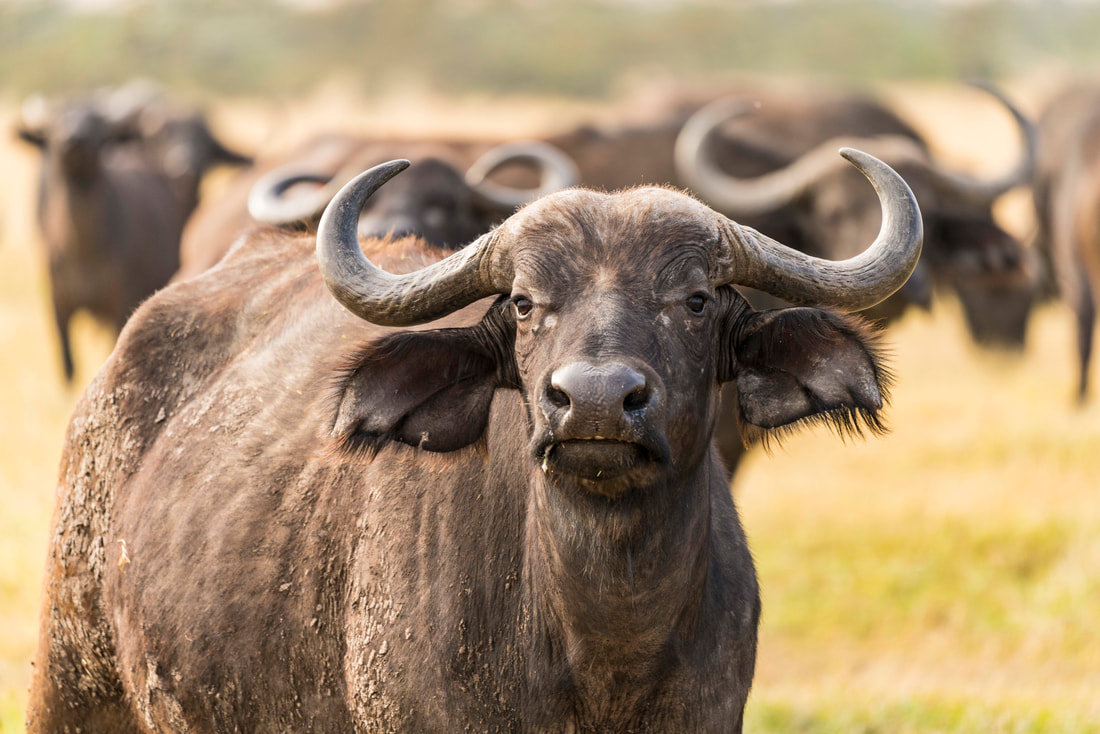
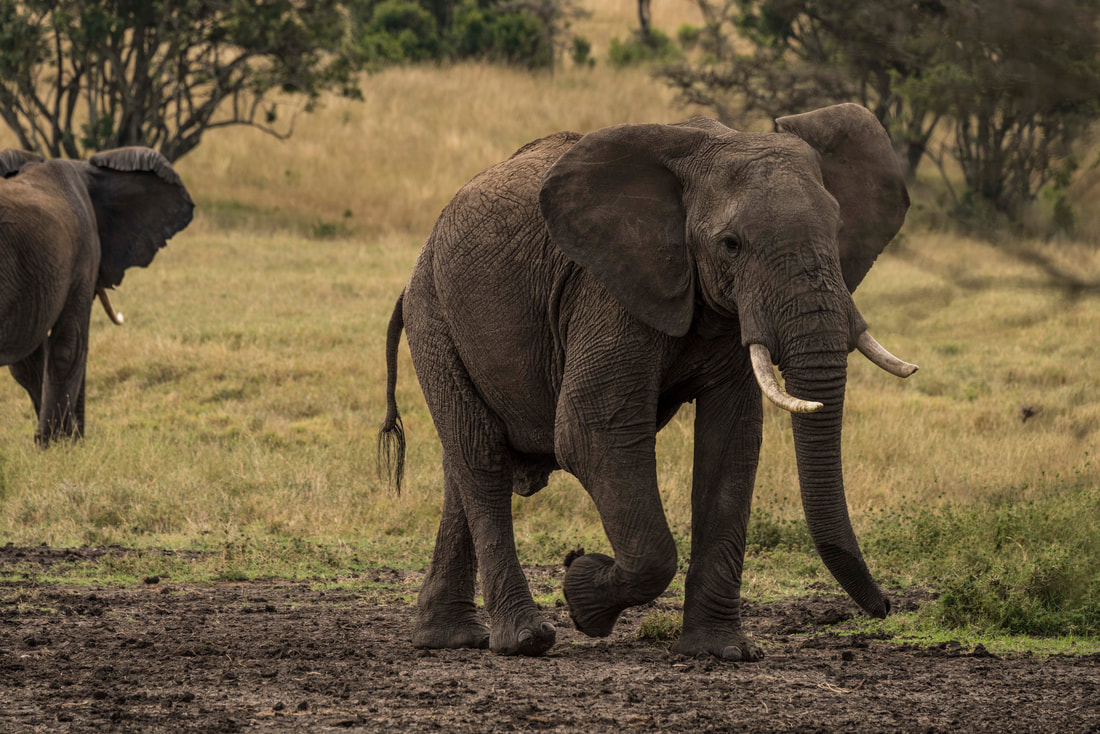
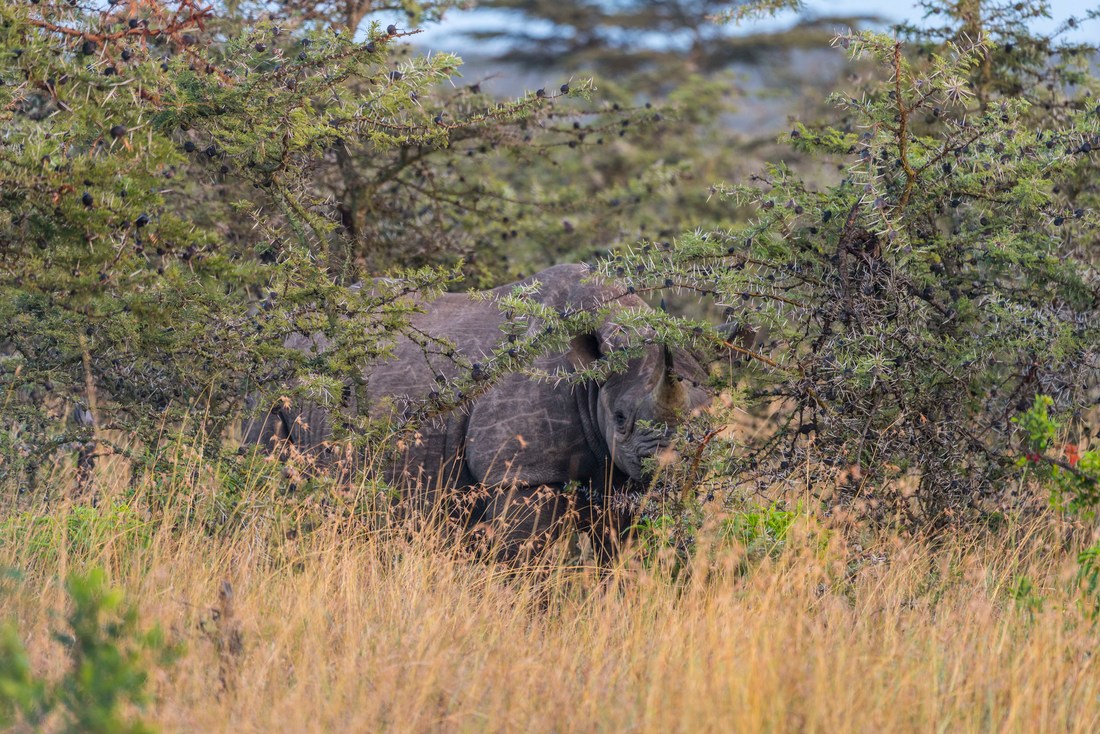
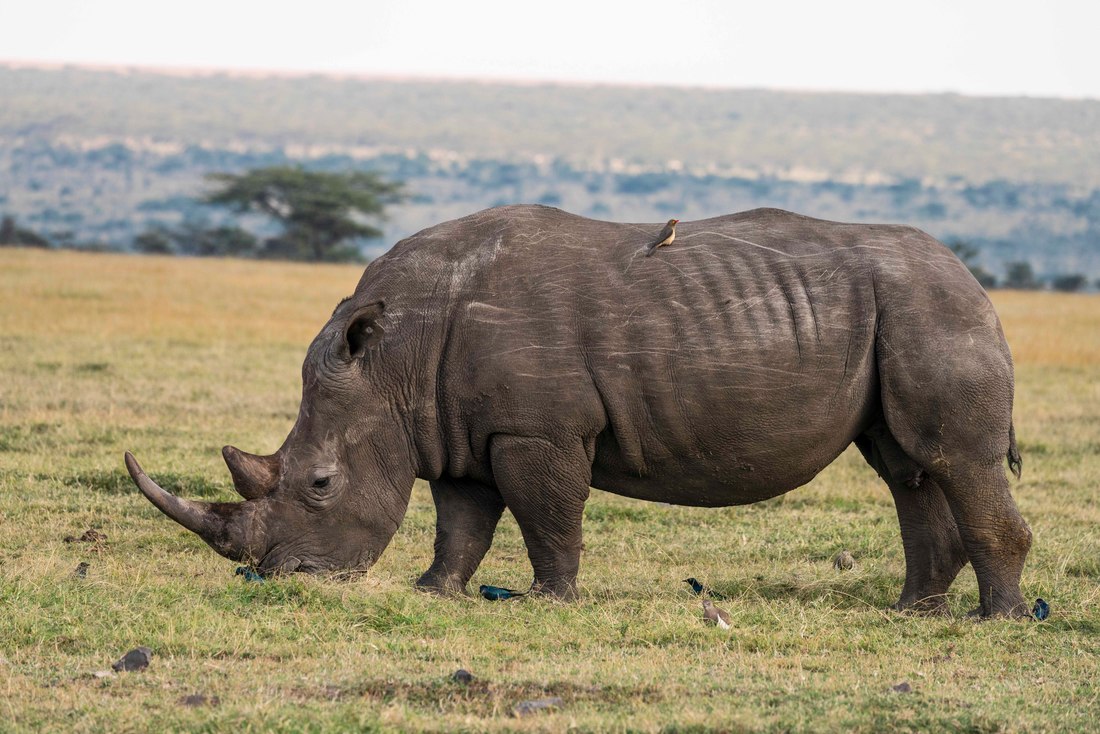
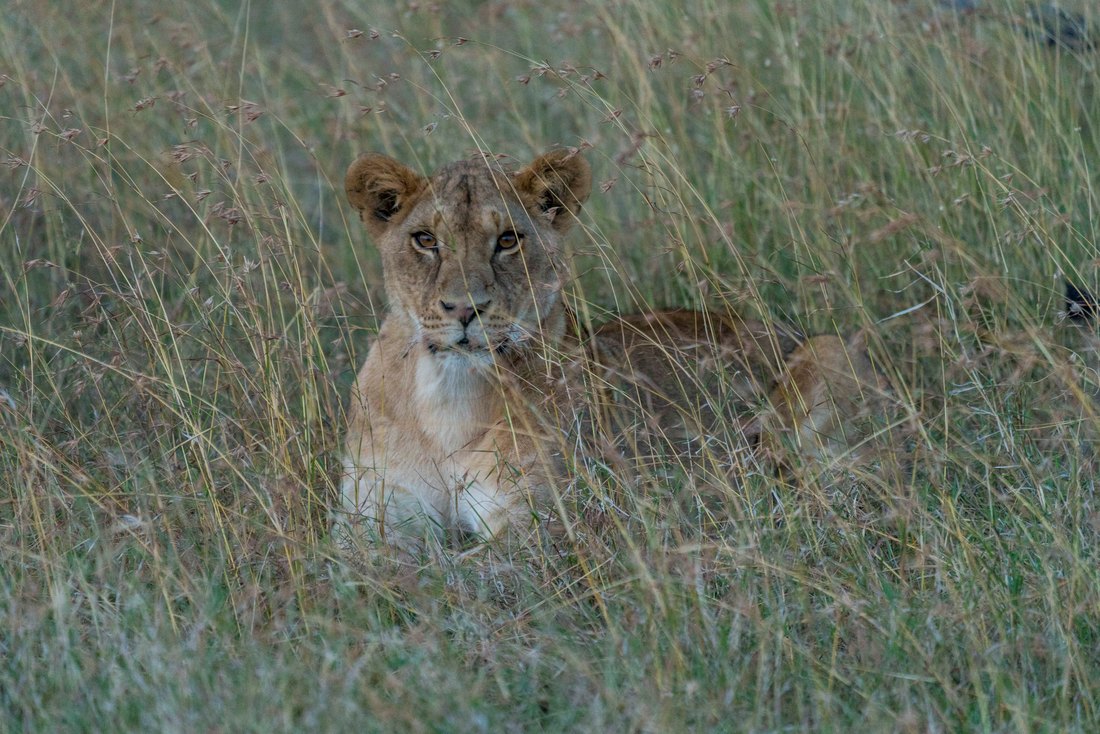
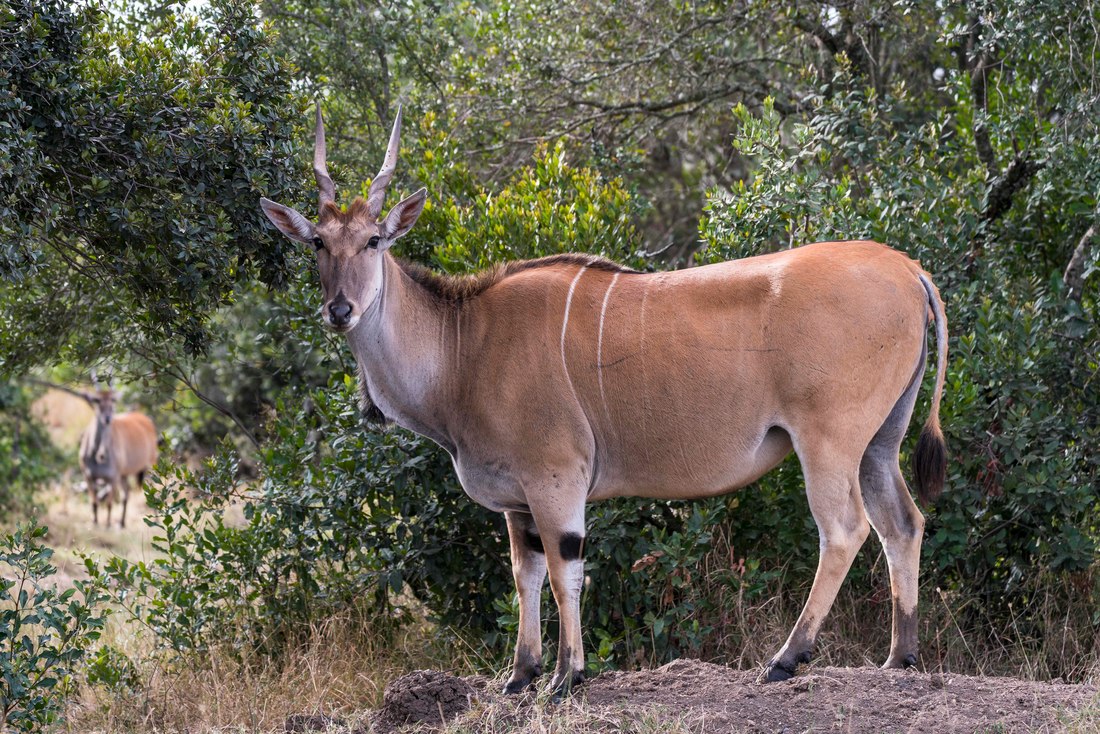
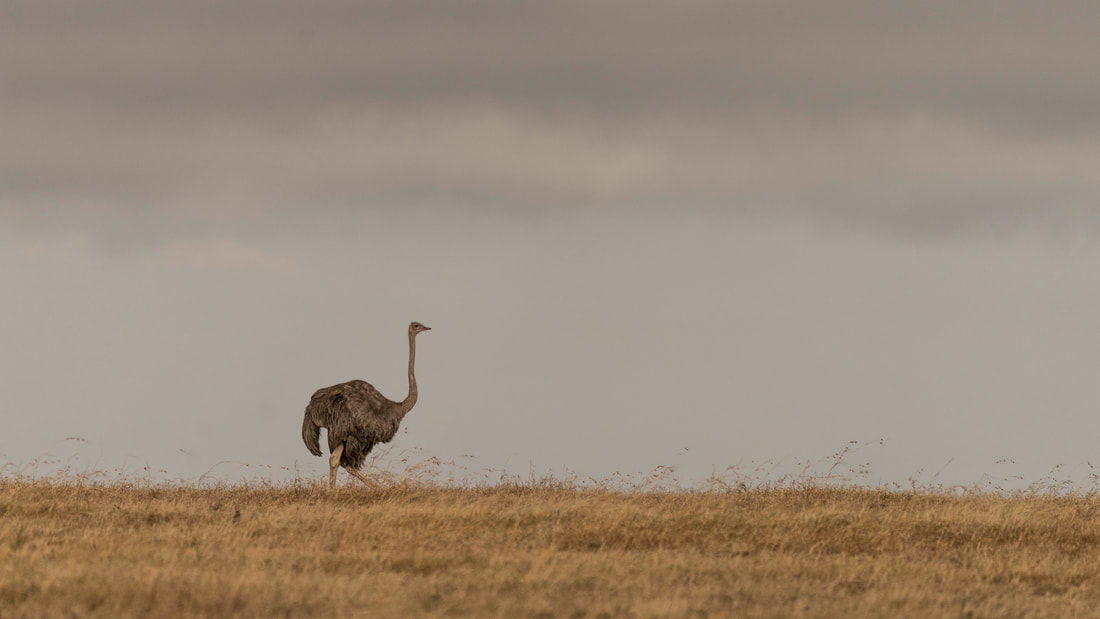
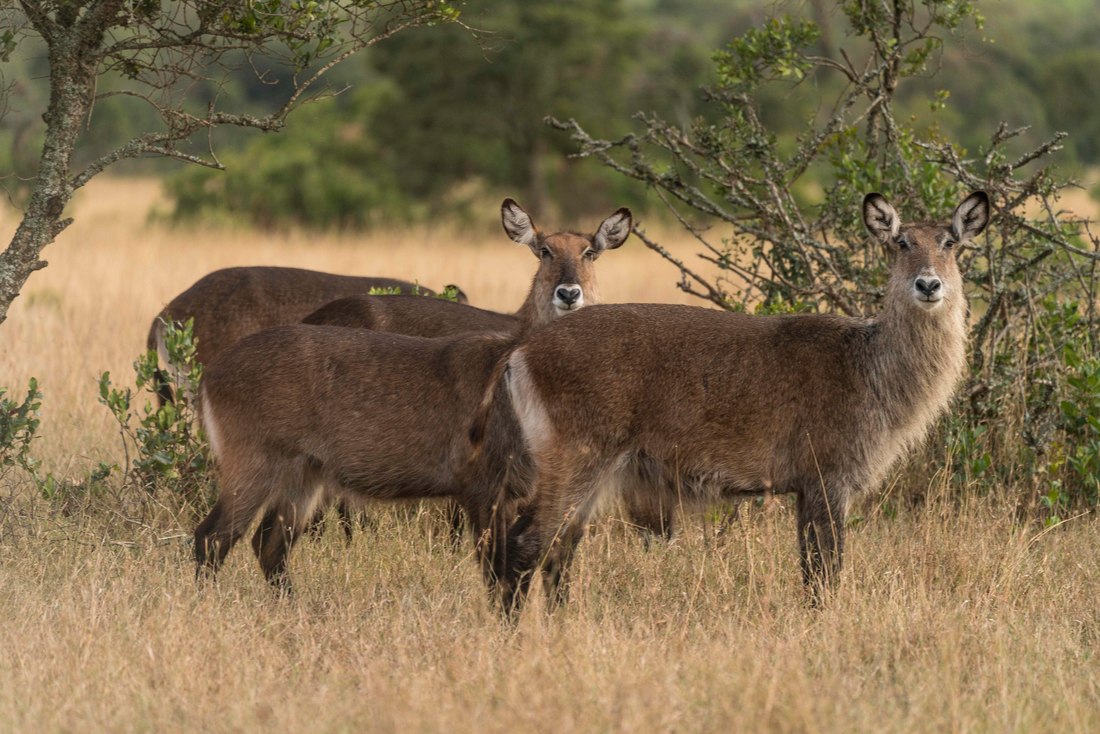
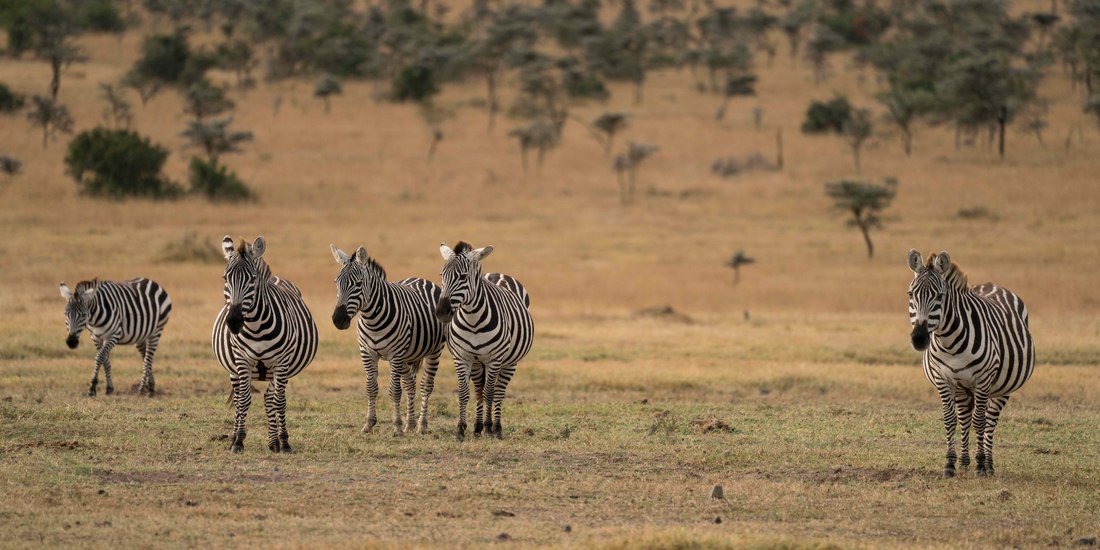
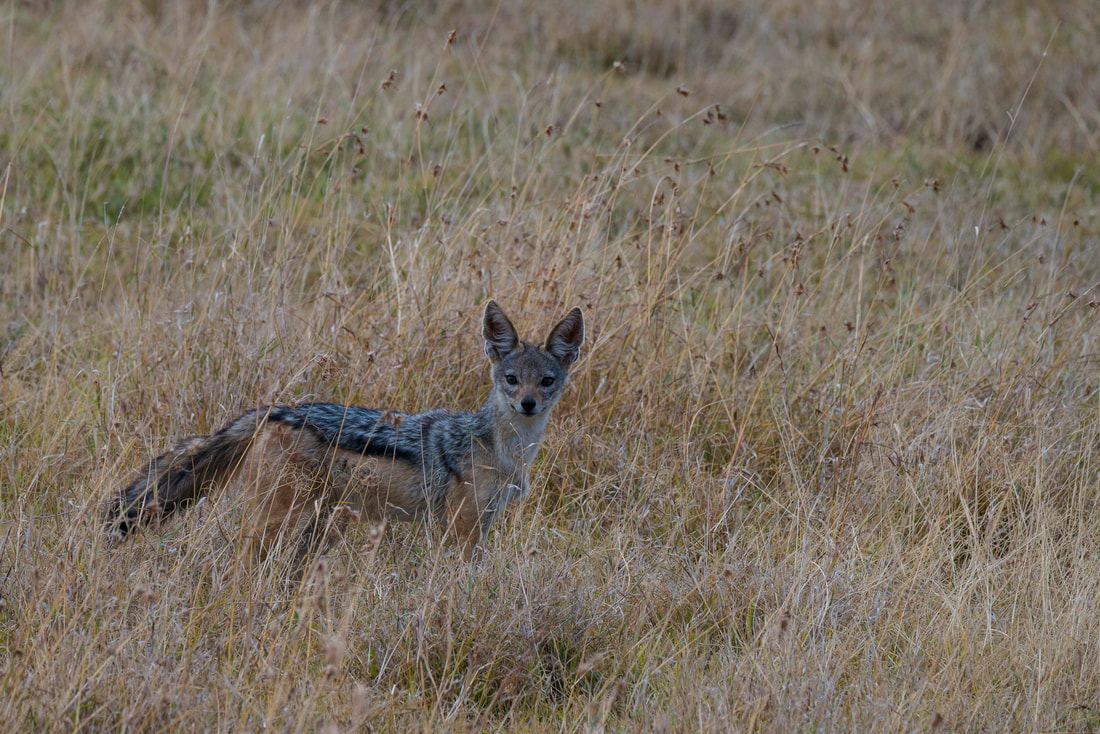
 RSS Feed
RSS Feed